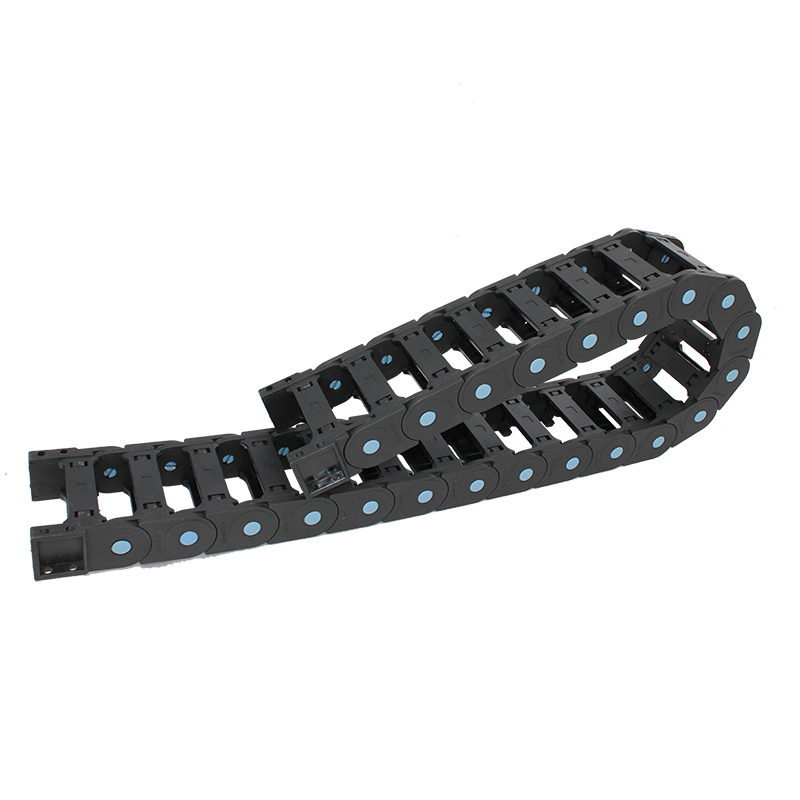small cable carrier
Understanding Small Cable Carriers A Comprehensive Overview
In modern engineering and construction, the management of cables and wires is a crucial factor in ensuring efficiency, safety, and aesthetics. Small cable carriers, also known as cable drag chains or cable guides, play a vital role in this context. These mechanisms serve to organize, protect, and facilitate the movement of cables in various applications, including industrial machinery, CNC machines, and other automated systems.
What are Small Cable Carriers?
Small cable carriers are designed to hold and guide electrical wires, hoses, or other flexible lines in a neat and organized manner. They are typically composed of interconnected links that form a chain-like structure, enabling them to bend and flex while maintaining the integrity of the cables housed within them. Their compact size makes them suitable for environments with limited space, where larger carriers might be impractical.
Key Features and Benefits
1. Space Efficiency One of the most significant advantages of small cable carriers is their compact design. They can be installed in tight spaces without compromising the organization and protection of the cables. This feature is particularly beneficial in applications like robotics or small machines where every inch of space counts.
2. Protection from Wear and Tear Cables are susceptible to damage from abrasion, bending, and environmental factors. Small cable carriers safeguard cables from these risks by providing a shield against external elements and minimizing friction between the cables and surrounding surfaces.
3. Flexible Movement The design of small cable carriers allows for smooth and unrestricted movement of attached cables. They can easily adapt to dynamic applications where movement is required, such as in automated machinery or mobile workstations, thus preventing cable entanglement and strain.
4. Ease of Maintenance Accessing and replacing cables can often be cumbersome; however, small cable carriers simplify this process. They can be easily opened and closed, allowing for quick changes without extensive downtime, thereby increasing overall productivity.
5. Variety of Materials Small cable carriers are available in a range of materials including plastic, metal, and composites. This diversity allows for selection based on specific environmental requirements, such as exposure to chemicals, temperature extremes, or electrical insulation needs.
small cable carrier

6. Customization Options Many manufacturers offer custom solutions for small cable carriers, enabling design modifications to fit unique applications. Features such as different link shapes, sizes, and additional protective elements can be tailored to specific project needs.
Applications of Small Cable Carriers
Small cable carriers are integral to various industries and machinery
- Industrial Automation In industrial settings, small cable carriers are used to manage the numerous cables associated with automated machines, ensuring they remain organized and functional during high-speed operation.
- Robotics Robots often rely on small cable carriers to manage power and signal cables, allowing for fluid motion and adaptability in changing environments.
- CNC Machines Small cable carriers are crucial in CNC (Computer Numerical Control) machines, where they help maintain cable integrity while accommodating the intricate movements necessary for precise machining tasks.
- Renewable Energy In the solar and wind energy sectors, small cable carriers help manage and protect the extensive cabling associated with energy generation and distribution systems.
Conclusion
In conclusion, small cable carriers are an essential component in various mechanical and industrial applications. Their ability to organize, protect, and facilitate movement of cables not only enhances operational efficiency but also contributes to the longevity of the equipment involved. As technology progresses and the demand for compact, efficient engineering solutions grows, the role of small cable carriers is likely to expand, paving the way for even more innovative designs and applications in the future. Understanding their importance and benefits can lead to improved designs and implementations in projects, ultimately promoting safer and more efficient operations across various industries.








